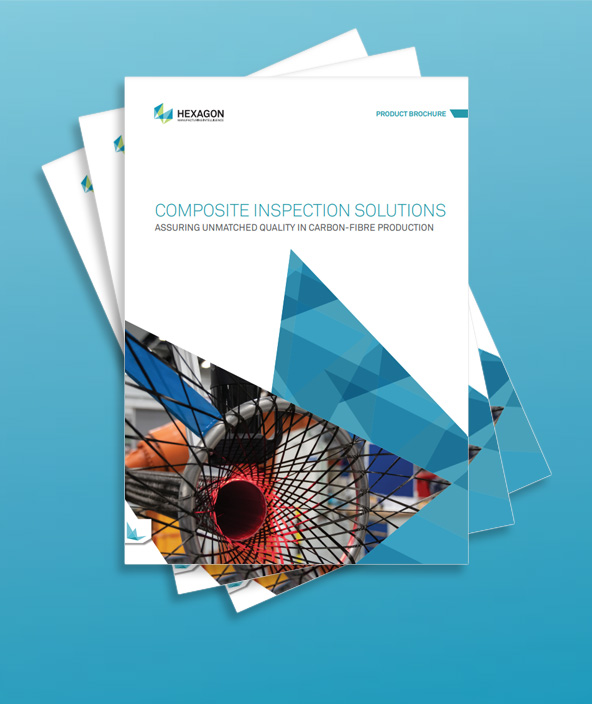What are composite materials?
Learn exactly what carbon-fibre composite materials are and find out why they are so important to manufacturing
Contact us

Composite materials are an increasingly important resource in a wide range of industrial production areas, from automotive chassis and aircraft parts to wind turbine components. Keep reading to find out more about how and why composite materials are being used, and what the future holds composite usage.
So what exactly is a composite? Put simply, it’s a material with two distinct components, typically carbon fibre and resin, which cancel out each other's weaknesses and produce a stronger material than either alone. Generally, it can be stated that fibres take the load while resin keeps the shape. The carbon fibre component comes in the form of a fabric, held in place by stitching, that can be then moulded to the required shape in preparation for resin injection or a pre-impregnated tow, laid up on a mould and put in an autoclave for curing.
This interaction between the two key components makes factors like orientation and layering more important than with other materials. A regular pattern in the fibres of a part, without “defects”, results in a stronger part. While carbon-fibre filament is just six microns thick, when correctly applied in the production of a Carbon-Fibre Reinforced Polymer (CFRP) material, it becomes the core of a material ten times as strong as steel at half the weight.
So what exactly is a composite? Put simply, it’s a material with two distinct components, typically carbon fibre and resin, which cancel out each other's weaknesses and produce a stronger material than either alone. Generally, it can be stated that fibres take the load while resin keeps the shape. The carbon fibre component comes in the form of a fabric, held in place by stitching, that can be then moulded to the required shape in preparation for resin injection or a pre-impregnated tow, laid up on a mould and put in an autoclave for curing.
This interaction between the two key components makes factors like orientation and layering more important than with other materials. A regular pattern in the fibres of a part, without “defects”, results in a stronger part. While carbon-fibre filament is just six microns thick, when correctly applied in the production of a Carbon-Fibre Reinforced Polymer (CFRP) material, it becomes the core of a material ten times as strong as steel at half the weight.
Our solutions
Explore Hexagon’s solutions for composite material inspection
